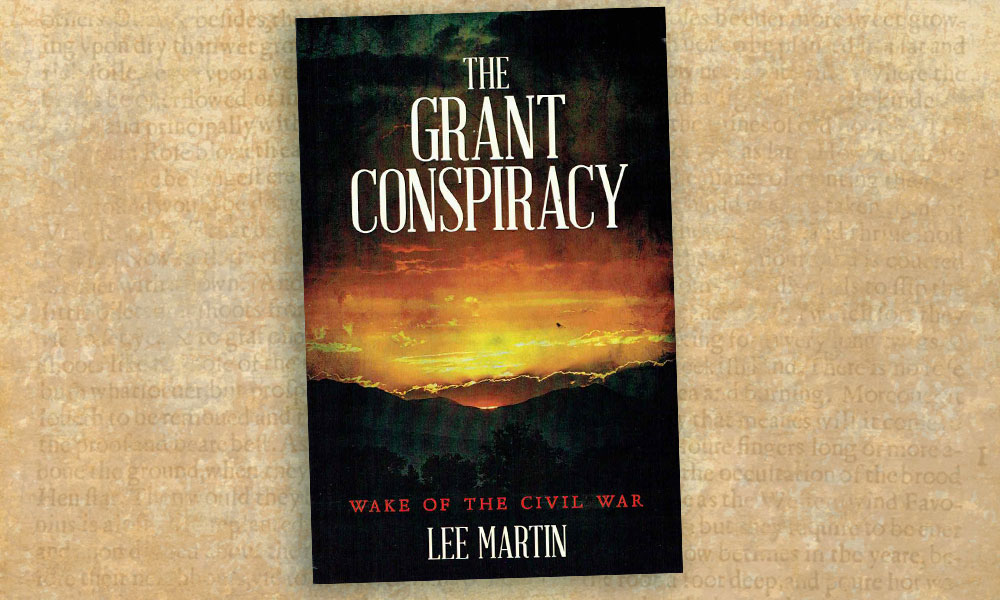 Author Miles Swarthout’s The Last Shootist (Forge Books, $24.99), a much-anticipated sequel to his father Glendon Swarthout’s best-selling novel The Shootist (Doubleday, 1975) is an excellent Western novel that seamlessly picks up the complex characters and transitioning West of El Paso, Texas, that made the elder Swarthout’s original so popular.
Author Miles Swarthout’s The Last Shootist (Forge Books, $24.99), a much-anticipated sequel to his father Glendon Swarthout’s best-selling novel The Shootist (Doubleday, 1975) is an excellent Western novel that seamlessly picks up the complex characters and transitioning West of El Paso, Texas, that made the elder Swarthout’s original so popular.
Miles’ prose is lean with richly developed characters, tight dialogue and well-researched historic border towns and mining camps of Texas, New Mexico and Arizona. The hero of the first novel, J.B. Books, is dead, but his spirit has filled the mind and body of The Last Shootist’s young hero, Gillom Rogers, who has inherited the great gunfighter’s matched pair of .44-40 Remingtons—and the brashness of a teen with deadly dreams: “If I can just learn to handle these pistols as well as Mr. Books did, quick draws, spinning tricks, a sharpshooter, I can become as famous a shootist as that old man was!”
Gillom Rogers is an audacious young man with courage known only to those naïve and inexperienced in real life, whose mind is filled with the romantic notions of life as a famous gunman, far from the tedium of middle-class El Paso. He is the son of a pious, Christian widow, Bond Rogers, who dreams of her son finishing high school and going to college. Instead, young Rogers, long without a father, is enamored with the real life-and-death masculinity of Mr. Books. The dying gunman lived his last days boarding in their home, and young Rogers, with the deadly pistols in his possession after Books’ death, can only visualize his life ahead as a shootist on the gunfighter’s trail. “He was quick, very quick. His reflexes, hand-to-eye coordination, distant vision, Gillom Rogers had it all, the lightning-fast instincts of a gifted athlete, or a gunfighter.”
Like the young character who picks up J.B. Book’s oversized Remington revolvers to follow the shootist’s gunfighter trail, Swarthout’s confidence in picking up the pen to follow his father’s famous characters into further Western adventures is just as courageous. Miles, an experienced screenwriter, received a Western Writers of America Spur Award for best first novel for The Sergeant’s Lady (Forge Books, 2004). He provides an excellent afterword in which he shares the careful journey he took to write the sequel. Miles also discusses in detail the differences between the novel and his adaptation of The Shootist into John Wayne’s critically acclaimed film and how it affected his sequel. As the author succinctly recalls, Wayne would not end the film the same way the book ends, which is why The Last Shootist opens with the final scene from The Shootist as a prologue. Miles concludes the afterword with an excellent detailed account of historical source material and background on the real locations and historic characters that inhabit Swarthout’s Southwest. And he does it all with equal confidence and success, giving readers a wonderful ride once again into the Western lands that all Swarthout writers know so well—and love to share with all of us.
—Stuart Rosebrook






